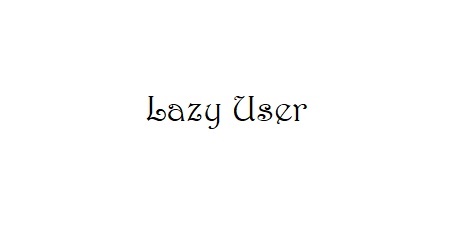Personalisation of eLearning necessitates a holistic approach that let’s all feel included. To appeal to various tastes and needs, you could use a mix of live events and self-paced certification courses. Elearning Content Development refers to usability choices as well.
Automatic Speech Recognition (ASR) technology and transcription used in live captions increase comprehension and information retention. Many teachers will agree that we understand learners’ needs while still mindful of time, resource, and energy constraints. In my organisation, I teach communication skills and resolve the issues above; we began creating original eLearning modules.
Rather than e-resources, the term e-module is used. Learners with special needs are learning English as a second language, and even mobile learners are coping with noise disruptions. Another advantage is being able to include lecture transcripts as research aids and reference resources.
Each module consists of a variety of topics and e-resource styles. English Quest (a grammar application), organising meetings, interpersonal skills, job and professional growth, writing business emails, and technical writing are some of the e-modules developed by my department.
Why Build Special eLearning Modules?
If this isn’t the case, the organisation’s leadership should be replaced or trained to fill the void. A company led by someone who has a clear outlook for change and a knack for technology is more likely to thrive and steer its way through the new phase.
There are various e-resources available for communication skills. We could integrate these e-resources into our instructional materials and use them right away, or we could filter and assemble them into a kit with unique learning goals in mind.
On the other hand, my department agreed to create personalised e-modules that could meet such needs as Subject Matter Experts (SME) who know and appreciate our learners’ needs to work in the workplace.
Let’s look at some tips and best practices for ensuring that your eLearning content meets your and your learners’ standards now that you know the various types of eLearning content you may be working with. Consider performing a survey of your target audience to learn more about their experiences and skill levels before creating content.
Making learners take a pre-assessment test will help you findability deficiencies that can then be addressed in your preparation. Knowing this will help you provide more information or support to particular areas that you want to improve.
Communication skills training necessitates a lot of input and practises, which is something that curriculum time rarely allows. If students could complete the e-module, which contains basic tasks, teachers could spend more time providing input to students as they complete more complicated class activities.
Incorporate the workplace into the curriculum.
The relevance of the e-module material for the mission to be done in the workplace is a significant motivator for students to learn. A partnership between a business specialist and a mentor familiar with the learners’ needs will be perfect. Informal conversations about the most common skills gaps found in the workplace in a specific sector could help identify critical areas for the eLearning module. Use storyboarding to map out the content’s flow, and don’t cram too many ideas into a single course. With a storyboard, you can build your practice while following an outline.
This preparation level means that you cover all of the critical points while ignoring the less important ones. If a corporate expert is not available, an excellent place to start when writing eLearning modules is to make a list of “Frequently Asked Questions” that learners have about the subject and think about how to react to these questions straightforwardly and memorably. Keep in mind that eLearning materials are not intended to be as detailed as a textbook.
If you’re consulting with a subject matter specialist, you’ll probably get a lot more detail than you need, so be sure to prepare ahead. Before embarking on any new project, it’s a good idea to know precisely what you have in terms of existing material. When you see what you have in stock, the possibilities for reusing and repurposing existing material are infinite. So, as you go through your list, cross off the available things in your company and highlight the ones that aren’t.
Sum Up
As instructional designers or Learning Consulting, you aspire to create eLearning solutions that will help your learners enhance their skills using the most successful methods. It is vital to deliver content in a simple way for the learner to comprehend and recall.
Before each subject in the eLearning module is further expanded on, map the learning outcomes for all topics. Focus on the discussion; each issue should have clear learning outcomes. The learning results for all of the problems could then be woven together into a single plot to help students link the dots between them.





You must be logged in to post a comment.